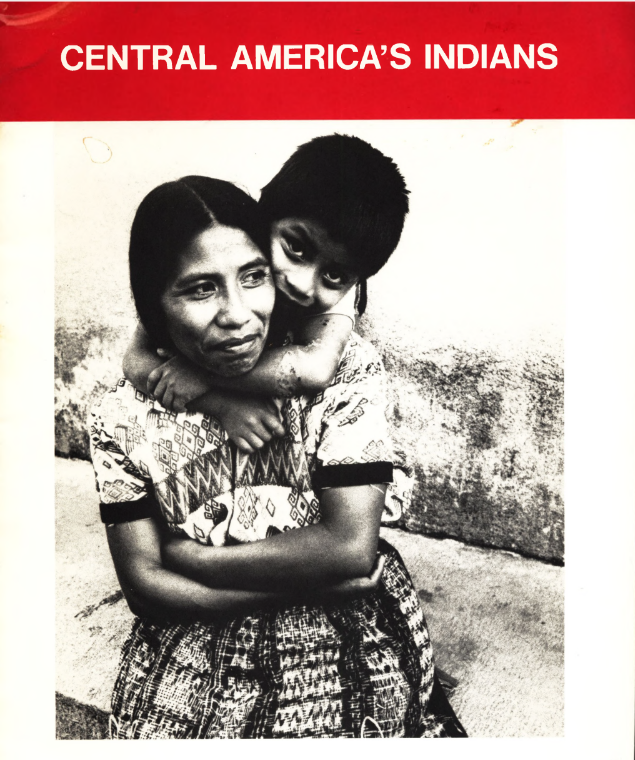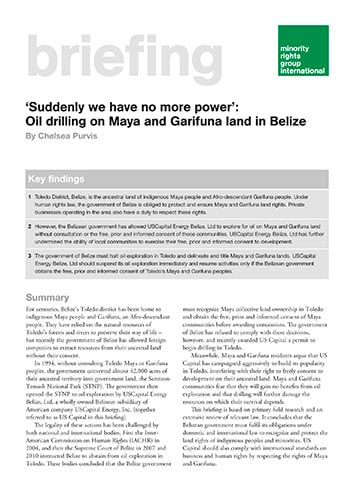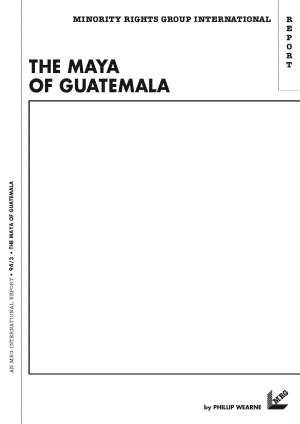
Central America’s Indians
In Latin America today we find one of the largest remnants of colonialism in the world. The concept “Indian” itself is, of course, a European invention which served the colonizers well for reducing the varied and numerous cultures and societies which existed in the 16th century, to an undifferentiated mass of subordinate and exploitable “natives”.
To put it succinctly, this has traditionally been a relationship of oppression and exploitation of the Indians by the European settlers and their descendants, the principal mechanisms of which has been the agrarian structure. By depriving the Indian communities of their own land base and, therefore, of their economic self-sufficiency, the colonial and national governments and, more particularly, the ruling landowning classes created for themselves an almost inexhaustible cheap and subordinate labour supply. Rebellious groups were pushed into the marginal fringes of jungles and inaccessible mountains or simply repressed through military might. This basic system of economic exploitation (which has a number of regional and local variants) has been upheld over the centuries by a supporting structure of political power, social constraints and ideological justification, which has placed the Indians at the bottom of the social hierarchy and outside the mainstream of what has come to be known as national culture. Economically subordinate, politically powerless and culturally isolated from the national decision-making centres, the native population of Latin America has become a marginalized underclass of rural proletarians, exiles in their own countries, discriminated against by the dominant Spanish-speaking population, even in such countries as Guatemala, Bolivia, Peru and Ecuador where they represent at least half of the total population.
Please note that the terminology in the fields of minority rights and indigenous peoples’ rights has changed over time. MRG strives to reflect these changes as well as respect the right to self-identification on the part of minorities and indigenous peoples. At the same time, after over 50 years’ work, we know that our archive is of considerable interest to activists and researchers. Therefore, we make available as much of our back catalogue as possible, while being aware that the language used may not reflect current thinking on these issues.



